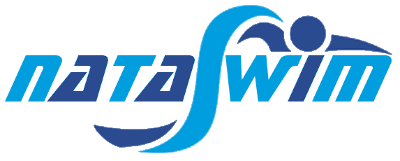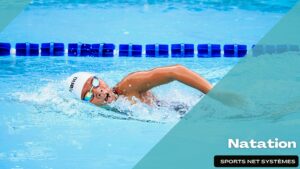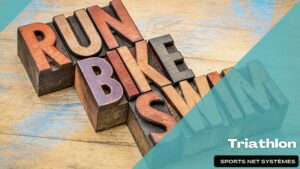Recovery or off-season
The main features of this phase are maintaining an active approach with at least three low- to moderateintensity aerobic swims completed each week, specialized programs to target weaknesses in individual fitness profiles, and dietary control to maintain body composition.
 There are few studies that have directly addressed the issue of the most effective program for swimmers to follow during the off-season or in short breaks from training and competition.
There are few studies that have directly addressed the issue of the most effective program for swimmers to follow during the off-season or in short breaks from training and competition.
There is, however, a significant body of literature that details the Lime course of training adaptations with training and loss of fitness during detraining (Counsilman & Counsilman 1991; Mujika & Padilla 2000). A typical strategy for the off-season involves a marked 50-70% reduction in the frequency, volume, and intensity of training.
For a highly trained swimmer, who normally completes 10 training sessions per week, this would equate to approximately three sessions of low- to moderateintensity training. Apart from maintaining the underlying cardiovascular and metabolic adaptations, regular training will also help retain neuromuscular patterns and the all important « feel for the water. »







